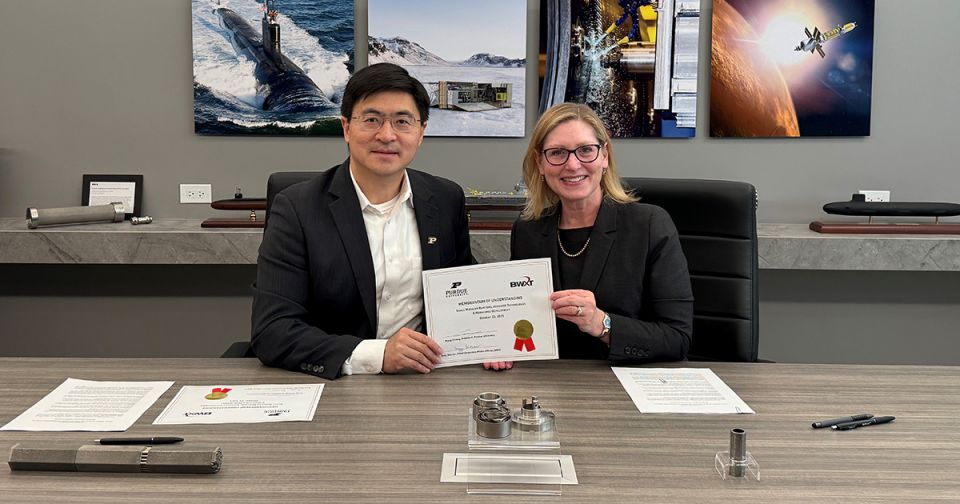BWXT to provide engine, fuel for DARPA space project

BWX Technologies announced today that it has been selected to supply the nuclear reactor and fuel for the Defense Advanced Research Projects Agency’s Demonstration Rocket for Agile Cislunar Operations (DRACO) program—the goal of which is to demonstrate a nuclear thermal propulsion (NTP) engine in orbit.










